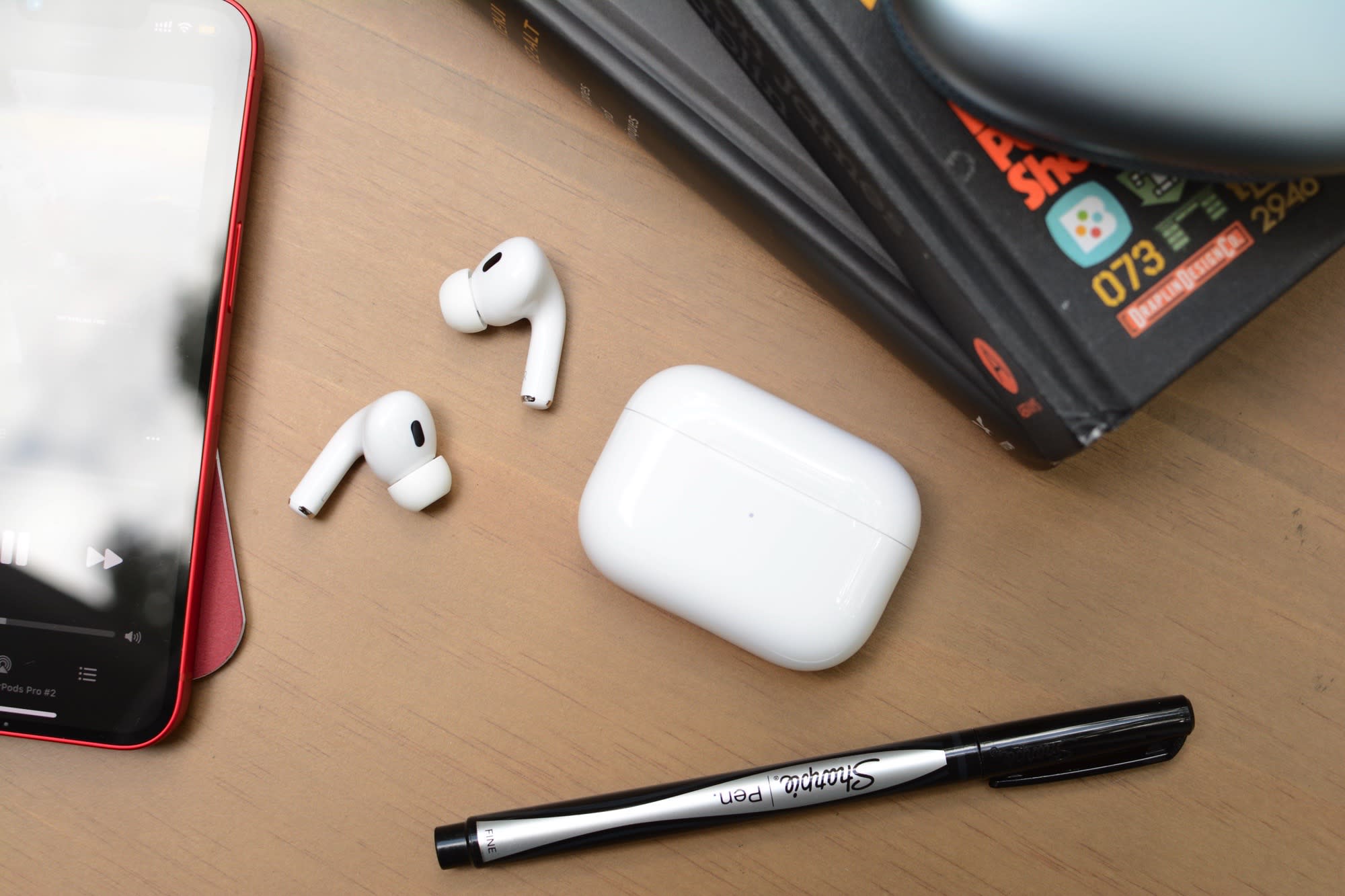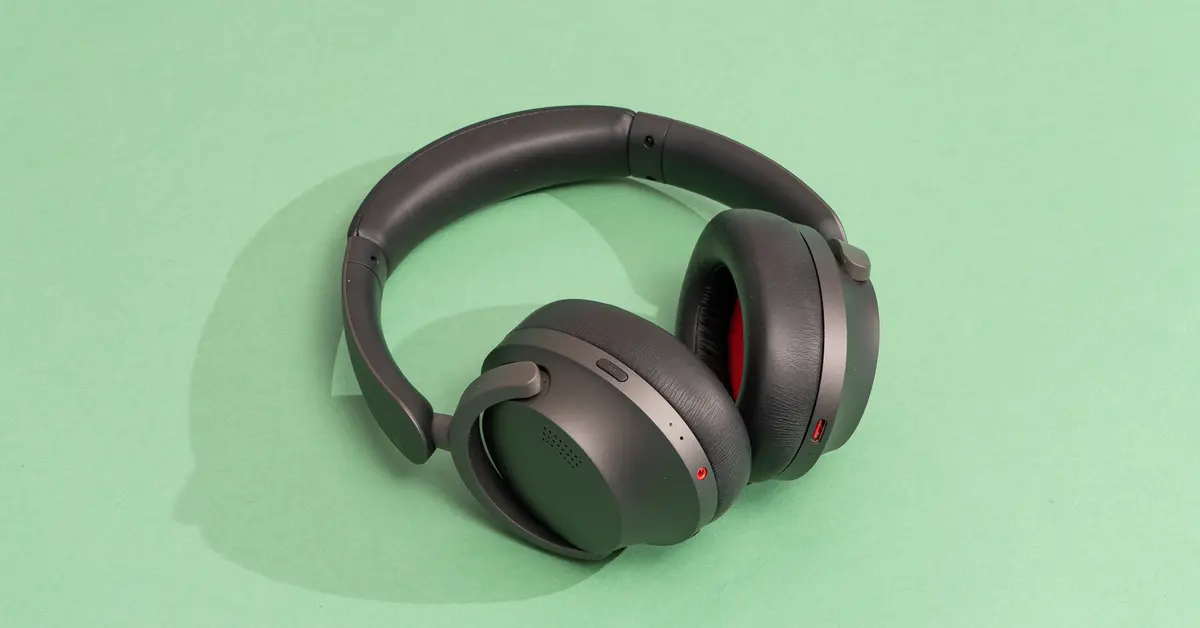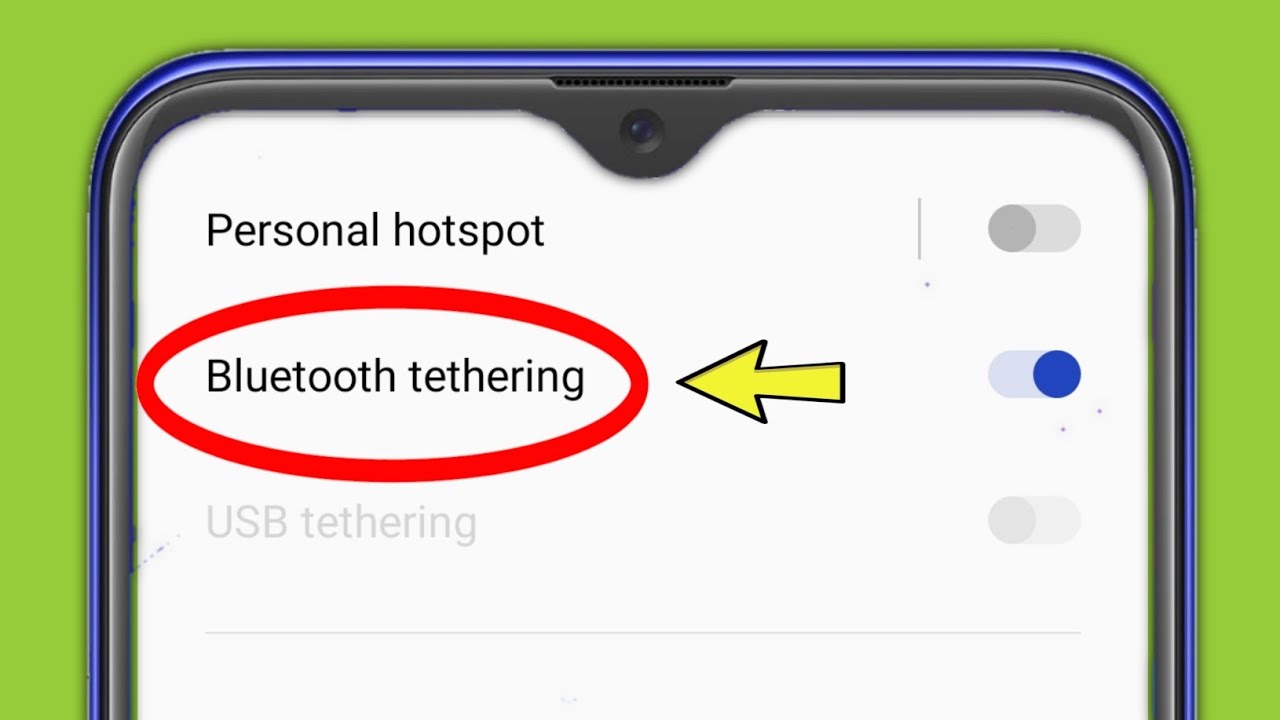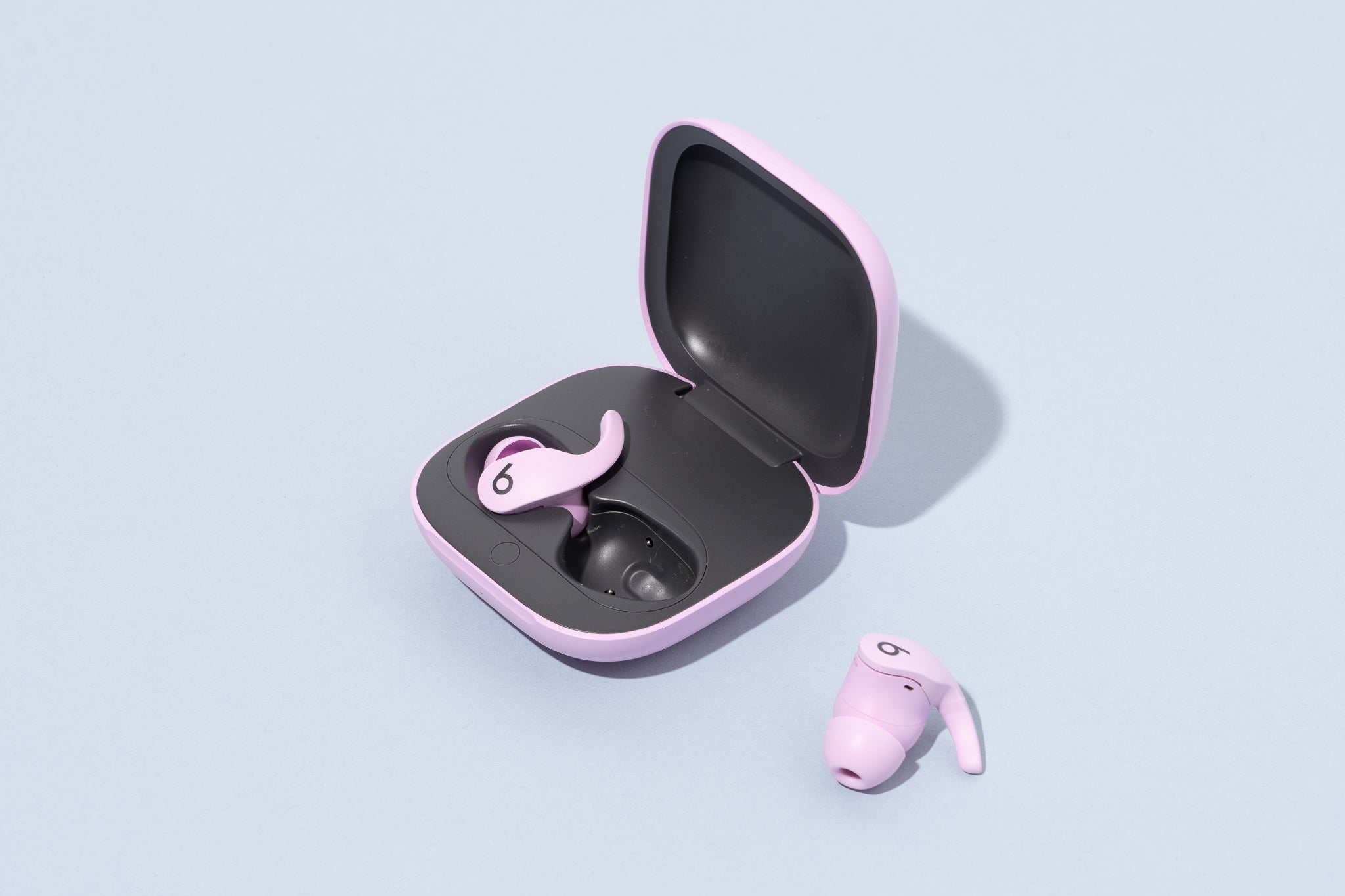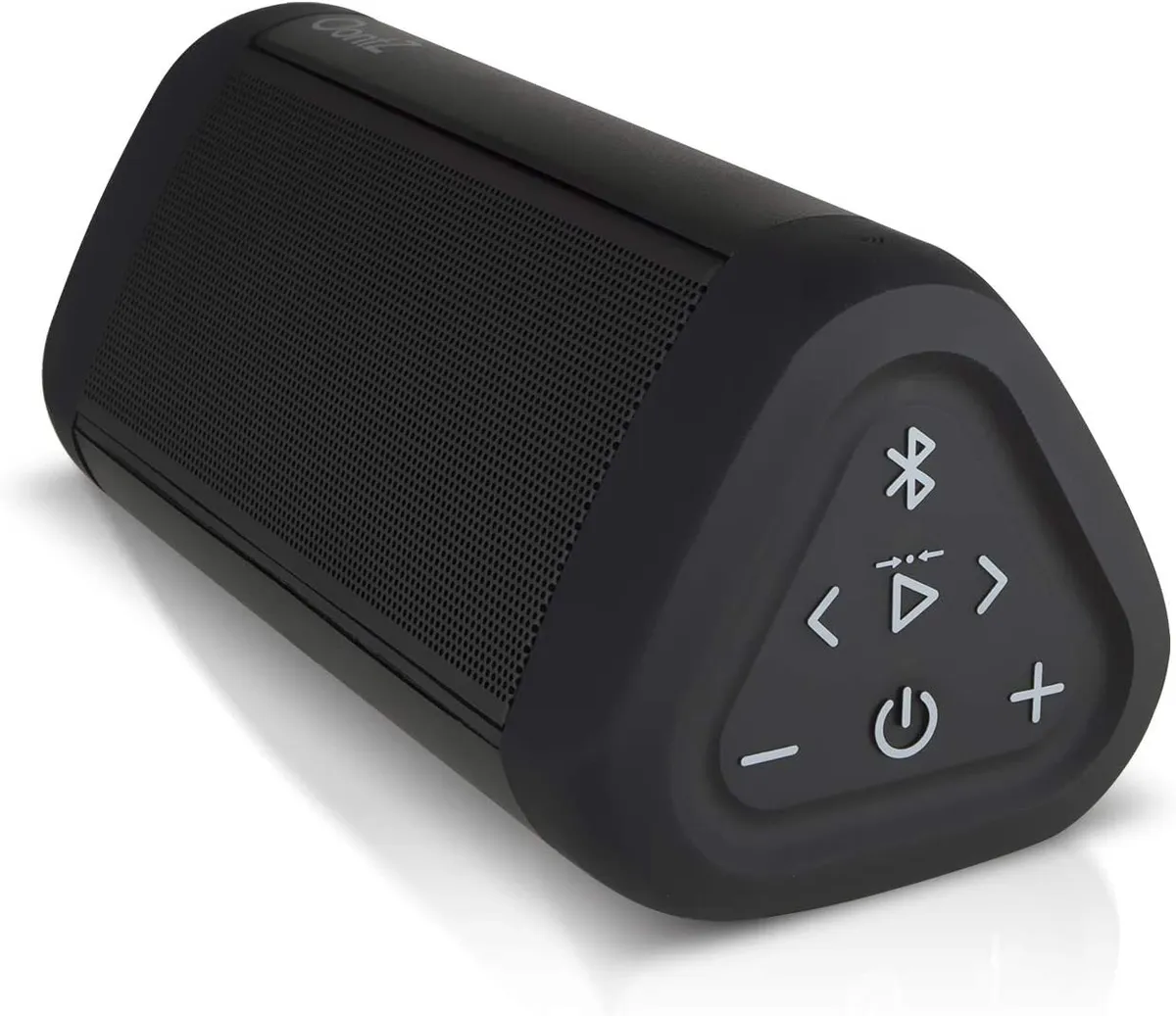Introduction
Bluetooth technology has become an essential part of our everyday lives, enabling seamless wireless connections between various devices. Whether it’s connecting your smartphone to a wireless headset or transferring files between your laptop and tablet, Bluetooth offers convenience and simplicity. One important consideration when using Bluetooth is understanding its range, or the distance over which devices can communicate effectively.
In this article, we will explore the factors that affect Bluetooth range, the different classes of Bluetooth devices, and how to extend Bluetooth range for optimal functionality. By gaining a deeper understanding of Bluetooth range, you can make informed decisions about device placement, connectivity, and overall user experience.
Before we dive into the details, it’s worth mentioning that Bluetooth range can vary based on several factors, including device specifications, obstacles in the environment, and wireless interference. By learning about these factors and how to maximize Bluetooth range, you can make the most out of your Bluetooth-enabled devices.
So, let’s explore Bluetooth range and discover the key factors that affect it in order to enhance your wireless connectivity experience.
Understanding Bluetooth Range
Bluetooth range refers to the distance between two Bluetooth-enabled devices within which they can establish and maintain a stable connection. It is essential to understand the concept of Bluetooth range to effectively utilize wireless devices and ensure reliable connectivity.
The range of Bluetooth technology can vary depending on the class of the Bluetooth devices being used. There are three main classes: Class 1, Class 2, and Class 3. Each class has different power outputs and, consequently, different ranges.
Class 1 devices have the largest range, with a maximum distance of up to 100 meters (roughly 328 feet). These devices are commonly found in industrial or professional settings where long-range connectivity is required. Class 2 devices, on the other hand, have a range of up to 10 meters (approximately 33 feet) and are commonly used in consumer electronics such as smartphones, tablets, and laptops.
Lastly, Class 3 devices have the shortest range, typically around 1 meter (roughly 3 feet). These devices are commonly used in very close proximity applications, like wireless earphones or smartwatches.
It’s important to note that the actual range experienced in real-world scenarios may be affected by various factors, such as the presence of obstacles, radio wave interference, and the specific capabilities of the Bluetooth devices being used.
In the next sections, we will delve deeper into the various factors that can impact Bluetooth range and explore ways to extend it to optimize device connectivity.
Factors Affecting Bluetooth Range
Several factors can influence the effective range of Bluetooth communication. Understanding these factors can significantly enhance your experience and help you make the most out of your Bluetooth-enabled devices. Let’s take a closer look at the key factors that can affect Bluetooth range:
- Obstacles: Objects such as walls, furniture, and doors can obstruct the transmission of Bluetooth signals. The more obstacles that exist between two devices, the weaker the signal and shorter the range will be.
- Interference: Other wireless devices and electronics operating on similar frequencies can cause interference, resulting in a weakened Bluetooth signal and reduced range. Devices such as Wi-Fi routers, microwaves, and cordless phones can interfere with Bluetooth connections.
- Device Class: The class of the Bluetooth device plays a significant role in determining its range. Class 1 devices typically have the longest range, while Class 3 devices have the shortest. It’s essential to consider the class specifications of your devices to understand their potential range capabilities.
- Power Output: The power output of Bluetooth devices can vary, affecting the signal strength and range. Devices with higher power output tend to have a longer range compared to those with lower power output.
- Environmental Factors: The physical environment in which Bluetooth devices are used can impact range. Factors such as metallic surfaces, dense vegetation, and excessive moisture can absorb or reflect Bluetooth signals, leading to shorter range.
By considering these factors and optimizing the placement of your Bluetooth devices, you can maximize the range and ensure stable connectivity between devices. In the next section, we will explore the different classes of Bluetooth devices and their corresponding ranges.
Class 1, Class 2, and Class 3 Bluetooth Devices
Bluetooth devices are classified into three main categories based on their power output and corresponding range: Class 1, Class 2, and Class 3. Let’s take a closer look at each class and understand their range capabilities:
- Class 1: Class 1 Bluetooth devices have the highest power output, enabling a range of up to 100 meters (roughly 328 feet). These devices are commonly used in industrial and professional settings where long-range connectivity is required. Examples include Bluetooth-enabled printers, routers, and industrial equipment.
- Class 2: Class 2 Bluetooth devices are the most common type found in consumer electronics. They have a range of up to 10 meters (approximately 33 feet). Devices such as smartphones, tablets, laptops, headphones, and speakers often fall into this class. Class 2 devices provide sufficient range for most personal and home use cases.
- Class 3: Class 3 Bluetooth devices have the lowest power output and offer the shortest range, typically up to 1 meter (roughly 3 feet). This class is commonly found in close proximity devices such as wireless earphones, smartwatches, and fitness trackers. They are designed for short-range applications and are not ideal for long-distance communications.
It’s important to note that the range mentioned for each class is the maximum potential range under ideal conditions. In real-world scenarios, the range can be significantly affected by obstacles, interference, and environmental factors, as mentioned in the previous section.
Understanding the class of your Bluetooth devices can help you estimate their range capabilities and determine the best usage scenarios. Depending on your specific needs, you may need to consider using devices from a higher class or strategically position your devices to optimize range. In the next section, we will explore real-world examples of Bluetooth range to provide a better understanding of its practical applications.
Real-World Bluetooth Range Examples
While the range specifications of Bluetooth devices may give you a general idea of their potential coverage, it’s essential to understand that real-world conditions can significantly impact the actual range experienced. Here are a few examples of Bluetooth range in practical scenarios:
- Connecting a Smartphone to a Bluetooth Speaker: When connecting your smartphone to a Class 2 Bluetooth speaker, the range is typically around 10 meters (approximately 33 feet). This allows you to move freely within the same room without losing connection or experiencing interruptions.
- Using Bluetooth Headphones: Class 2 Bluetooth headphones usually have a range of 10 meters (approximately 33 feet). This range allows you to enjoy wireless audio while keeping your smartphone or audio source nearby.
- Wireless Mouse and Keyboard: Class 2 Bluetooth peripherals such as wireless mice and keyboards typically have a range of around 10 meters (approximately 33 feet). This range allows you to comfortably control your computer without the need for tangled cords.
- Bluetooth Car Kits: Class 2 Bluetooth car kits are designed for hands-free calling and audio streaming. The range typically extends up to 10 meters (approximately 33 feet), enabling you to use your smartphone while keeping it safely stored in your pocket or bag.
- Smartwatch and Smartphone Connection: Class 3 Bluetooth is commonly used in smartwatches, allowing them to connect to your smartphone. This class of devices offers a range of approximately 1 meter (roughly 3 feet), ensuring a stable connection between the devices when worn on the wrist.
It’s important to keep in mind that these range examples are approximate and can vary depending on the specific devices, environmental factors, and potential interference present in the surroundings.
By understanding these real-world examples, you can better gauge the range capabilities of your Bluetooth devices and ensure optimal performance in your daily use. In the next section, we will explore ways to extend Bluetooth range for situations where you need an extended coverage area.
Extending Bluetooth Range
If you find that the range of your Bluetooth device is not sufficient for your needs, there are several methods you can try to extend the Bluetooth range. Here are some strategies to increase the coverage area:
- Remove Obstacles: Clearing any physical obstructions, such as walls or furniture, between the two Bluetooth devices can improve signal strength and extend the range. Positioning devices in direct line of sight can also enhance connectivity.
- Reposition Devices: Experiment with different placements and orientations of your Bluetooth devices. Sometimes, a simple adjustment in positioning can make a significant difference in the range and signal strength.
- Minimize Interference: Reduce the potential interference from other wireless devices that operate on similar frequencies, such as Wi-Fi routers, cordless phones, and microwaves. Keeping your Bluetooth devices away from these sources can help minimize interference and improve range.
- Upgrade to Class 1: Consider upgrading to a higher class of Bluetooth device. Class 1 devices are known for their longer range capabilities. This upgrade may be beneficial if you require a more extensive coverage area or need to communicate over longer distances.
- Use Signal Boosters: Signal boosters or Bluetooth range extenders can enhance the range and signal strength of your Bluetooth connection. These devices can amplify the Bluetooth signal and extend coverage areas in your home or office.
- Use Bluetooth Range Extender Apps: Some smartphones offer Bluetooth range extender apps that can help boost the signal strength and extend the range of your Bluetooth connection. These apps optimize the Bluetooth performance and may provide additional configuration options to enhance range.
While these methods can help extend Bluetooth range, it’s important to note that the achievable range will still depend on the class and capabilities of your Bluetooth devices, as well as the specific environmental factors present.
By implementing these strategies, you can potentially extend the range of your Bluetooth devices and achieve better connectivity and performance. Experimenting with different approaches can help you find the most effective solution for your specific needs.
Conclusion
Bluetooth technology has revolutionized the way we connect and communicate wirelessly. Understanding Bluetooth range is crucial for optimizing the performance and connectivity of your Bluetooth-enabled devices.
In this article, we explored the concept of Bluetooth range and learned about the factors that can affect it, including obstacles, interference, device class, power output, and environmental factors. We also delved into the different classes of Bluetooth devices, ranging from Class 1 with the longest range to Class 3 with the shortest.
Real-world examples helped us better grasp the practical applications of Bluetooth range in various scenarios, such as connecting smartphones to Bluetooth speakers, using wireless headphones, and utilizing Bluetooth peripherals.
Additionally, we discussed strategies for extending Bluetooth range, such as removing obstacles, repositioning devices, minimizing interference, upgrading devices to a higher class, using signal boosters, and utilizing Bluetooth range extender apps.
By leveraging these techniques and understanding the limitations and potential of your Bluetooth devices, you can enhance the range and optimize the connectivity and performance of your wireless devices.
So, the next time you want to enjoy wireless audio, transfer files, or connect with other Bluetooth devices, remember the factors influencing Bluetooth range and apply the strategies we discussed to ensure a seamless and reliable experience.









